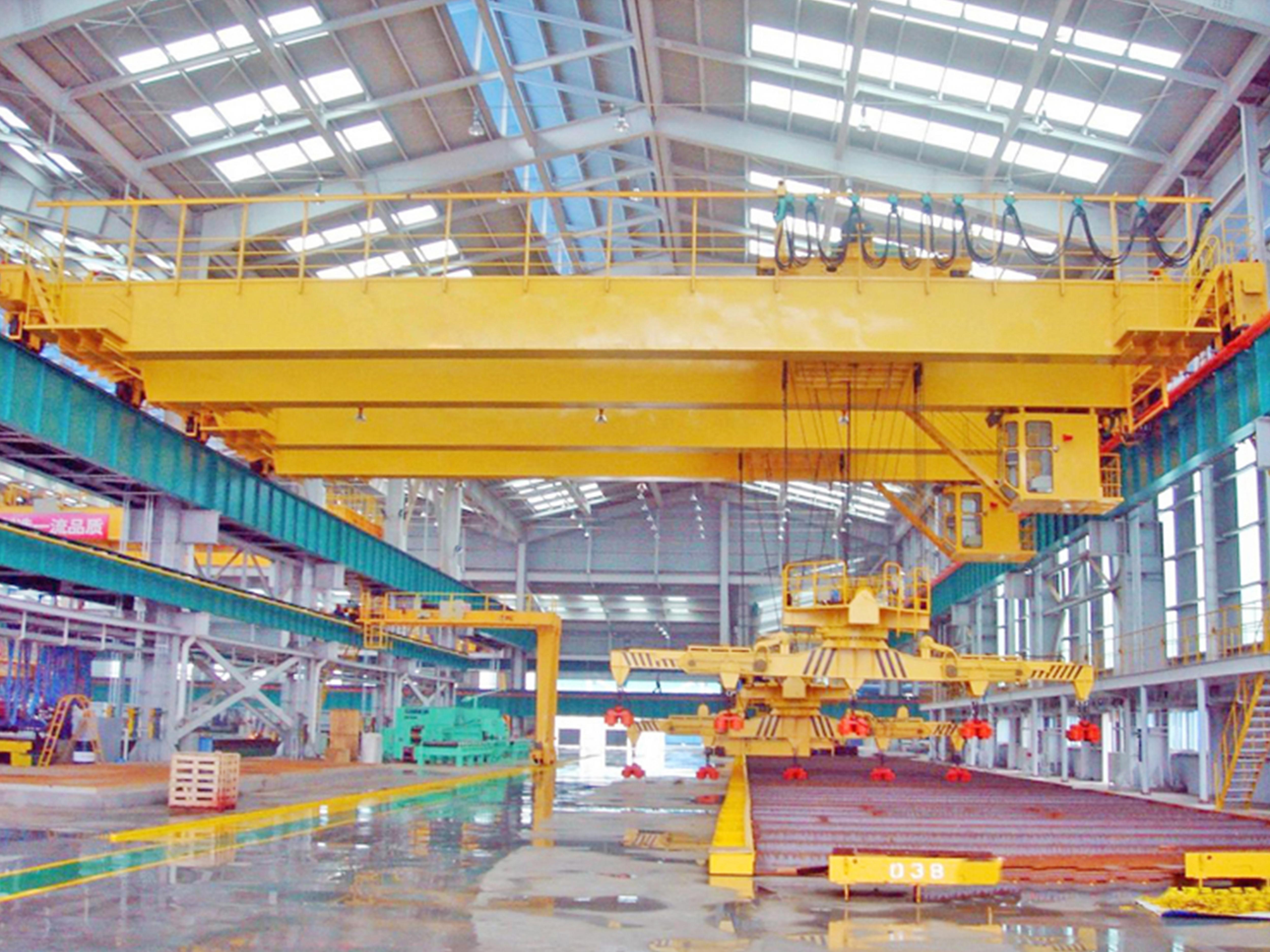How do I choose an EOT crane?
Choosing an Electric Overhead Travelling (EOT) crane can be an overwhelming task if you are not familiar with the various factors to consider. The wrong decision can cost you significant amounts of money and time, so it's important to do your research.
The first step is to determine your requirements in terms of load capacity, height, span, and operating environment. You should also consider safety features such as overload protection and emergency stop controls. Additionally, you need to take into account the building regulations and codes that apply to your area.
Next, assess the manufacturer's experience and reputation in the market. A reputable manufacturer will provide reliable, quality products and after-sales services that will ensure the longevity of your investment.
Consider the crane's power requirements and compatibility with your electricity supply. The crane's power rating should match your usage demands, and you should also ensure that it is cost-effective to operate.
It is also essential to have a clear understanding of the maintenance and repair requirements and costs of the EOT crane. Choose a manufacturer who offers comprehensive support and expertise in addressing any potential issues with the crane down the line.
Finally, consider the price of the crane. While you shouldn't compromise on quality, it's important to compare prices from various manufacturers and decide which one offers the best value for your investment.
In summary, choosing an EOT crane requires careful consideration of the crane's load capacity, safety features, power requirements, manufacturer's reputation, maintenance and repair costs, and pricing. By making an informed decision, you can acquire an EOT crane that'll meet all your needs and provide an efficient and reliable solution for your operations.
.jpg)
The first step is to determine your requirements in terms of load capacity, height, span, and operating environment. You should also consider safety features such as overload protection and emergency stop controls. Additionally, you need to take into account the building regulations and codes that apply to your area.
Next, assess the manufacturer's experience and reputation in the market. A reputable manufacturer will provide reliable, quality products and after-sales services that will ensure the longevity of your investment.
Consider the crane's power requirements and compatibility with your electricity supply. The crane's power rating should match your usage demands, and you should also ensure that it is cost-effective to operate.
It is also essential to have a clear understanding of the maintenance and repair requirements and costs of the EOT crane. Choose a manufacturer who offers comprehensive support and expertise in addressing any potential issues with the crane down the line.
Finally, consider the price of the crane. While you shouldn't compromise on quality, it's important to compare prices from various manufacturers and decide which one offers the best value for your investment.
In summary, choosing an EOT crane requires careful consideration of the crane's load capacity, safety features, power requirements, manufacturer's reputation, maintenance and repair costs, and pricing. By making an informed decision, you can acquire an EOT crane that'll meet all your needs and provide an efficient and reliable solution for your operations.
.jpg)
related article
> What is the best way to lift a boat?
> Brief Introduction of Double Girder Overhead Crane
> Pay attention to check: the KBK crane system customized by Romanian customers has been shipped
> What is gantry or portal crane?
> The Congolese customer ordered three electric transfer cart and they have been completed.
> Overhead Crane is Working Well
> The Purpose and Function of Crane Maintenance
> A Double Girder Overhead Crane to Bangladesh


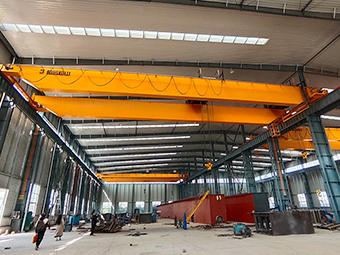
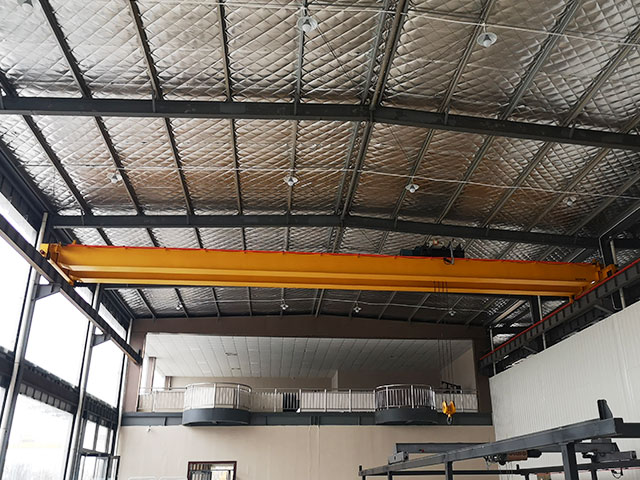
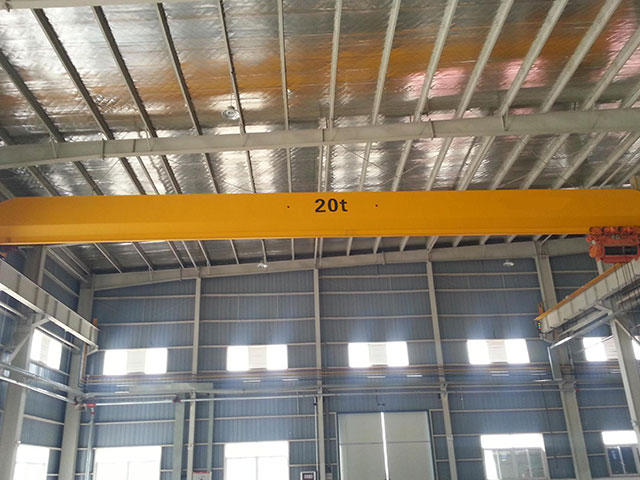
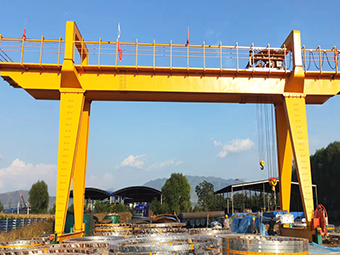

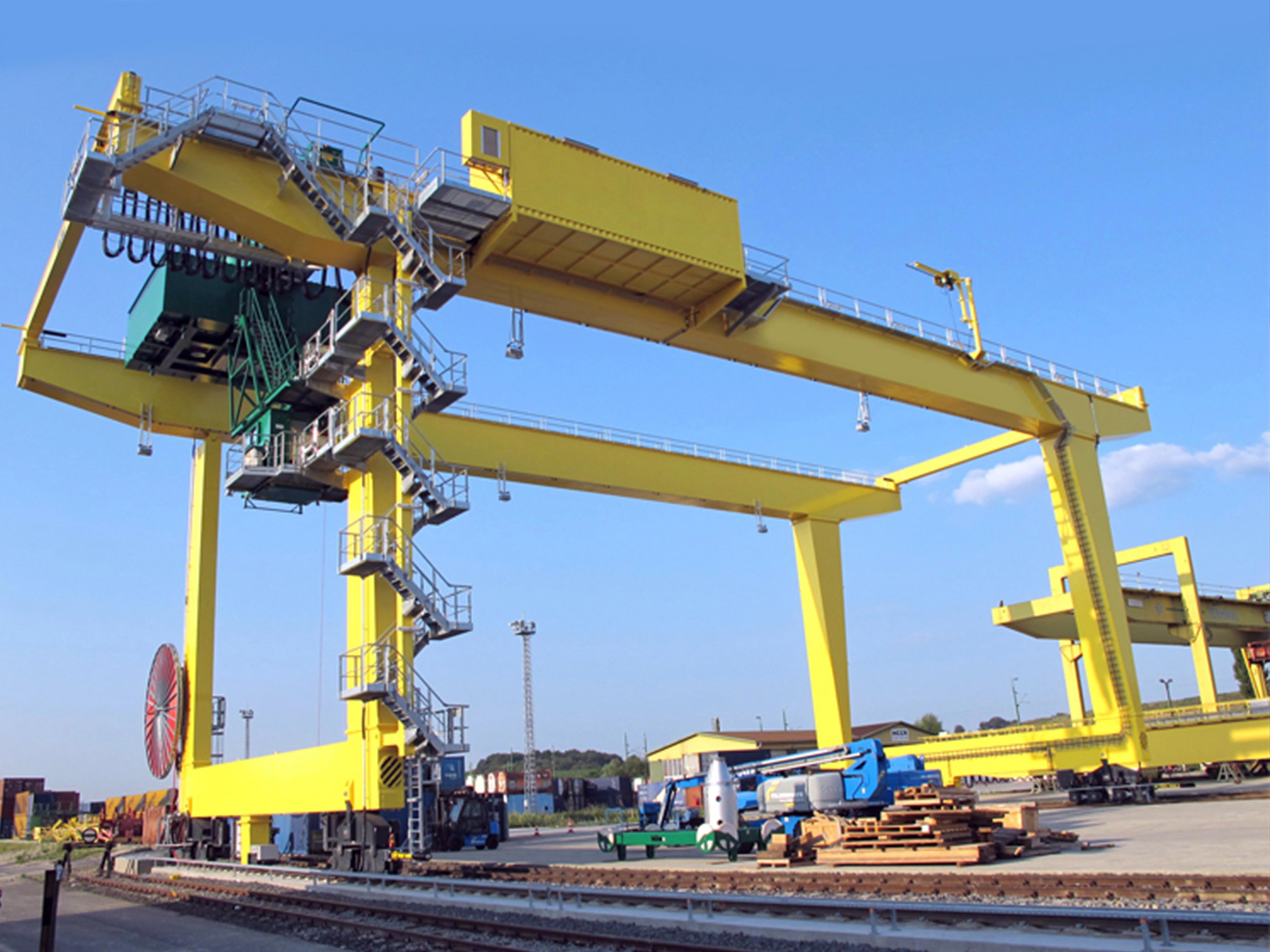
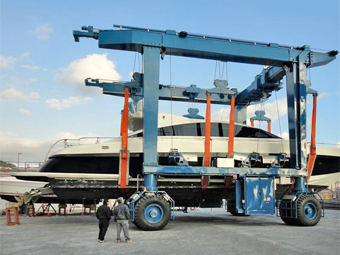
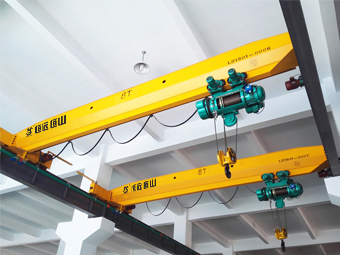
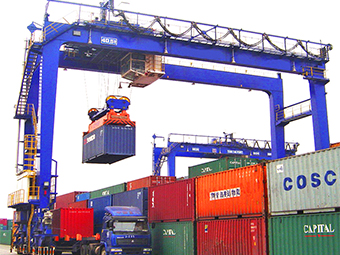
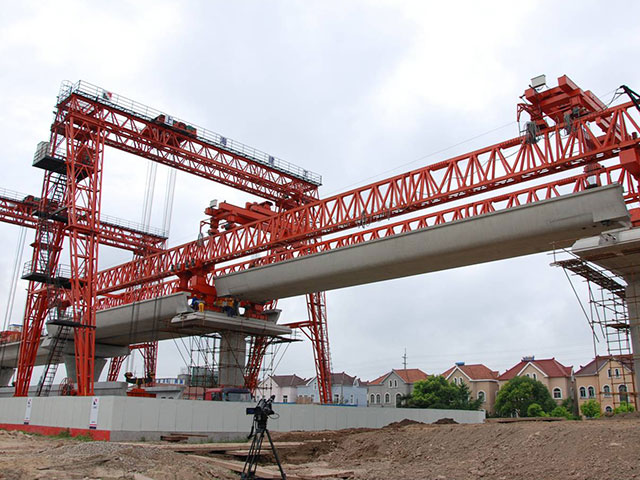
.jpg)
